
Top 5 locations for stargazing
Astrotourism is becoming more popular every year. People are willing to travel thousands of kilometers to admire the stars. But which places on Earth are considered the best for this? Let's find out now!



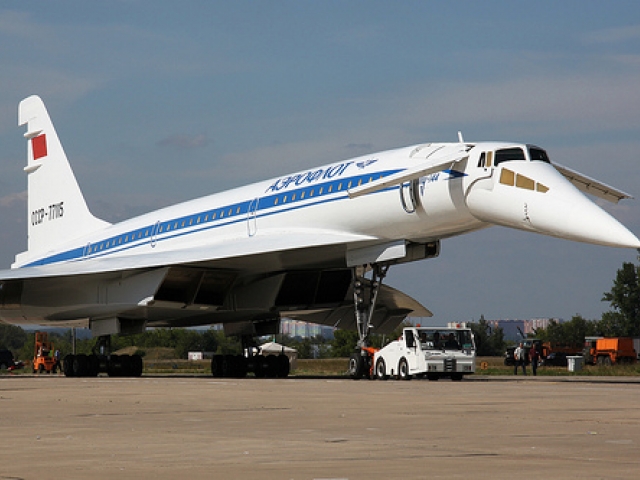
Tupolev Tu-144 — 2430 km/h
The Tu-144 was the world's first supersonic aircraft, which was used to transport passengers. The first test flight of the Soviet liner made December 31, 1968, two months ahead of "Concord" - his famous Anglo-French rival. However, the first disaster, which occurred on June 3, 1973, predetermined the fate of the Tu-144. Unplanned situations followed one after another, and five years later Aeroflot permanently stopped supersonic passenger flights, which were not so demanded due to the high cost of tickets. Nevertheless, until 1999, Tu-144 was used to train pilots for the Soviet Buran space shuttle, as the aircraft combined a huge number of advanced technologies and design solutions and surpassed the more popular Concord in several characteristics. Moreover, the Russian President Vladimir Putin has recently proposed the creation of a modern civil supersonic aircraft based on the Tu-160 missile carrier in Russia.
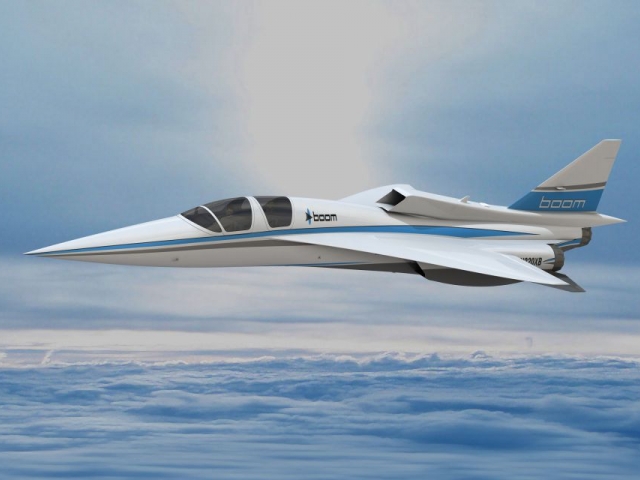
Boom Supersonic – 2335 km/h
It is assumed that the experimental model of Boom Supersonic, the new supersonic commercial airliner, will reach 2.2 mach, or 2,335 km/h, which will allow it to bypass all its competitors not only in speed, but also through the use of so-called "quiet" technology. In addition, it passengers will be pleasantly surprise by the affordable tickets' price. The American company Boom Technology is now actively engaged in the implementation of the future supersonic passenger aircraft's project. According to the information mentioned during the recent presentation in Dubai, regular flights will come into service by mid 2025s. The supersonic plane will be 2.6 times faster than a regular aircraft and will be able to carry 55 passengers.
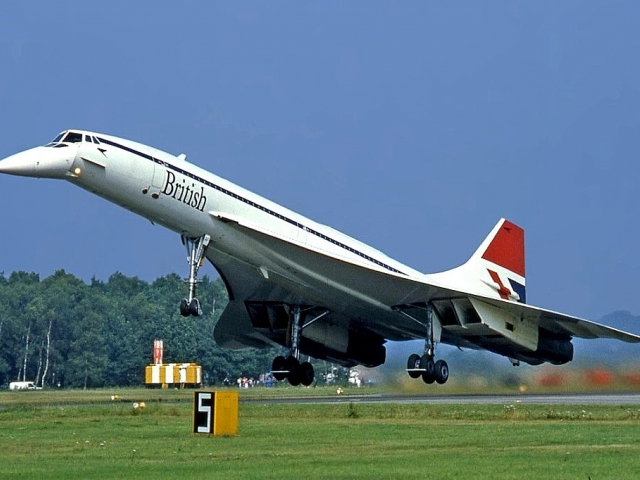
Concorde - 2179 km/h
The second and, at the moment, the last type of supersonic aircraft in commercial operation, Concord had been serving mainly wealthy passengers of British Airways and Air France for almost thirty years. However, these aircraft also did not escape the fate of the Tu-144. The catastrophe of July 25, 2000, as well as the general contraction in the air transportation market, triggered by the terrorist attacks in September 11, 2001 summed up the glorious history of the airliner in 2003. Now these planes are exhibited in various museums and exhibitions.
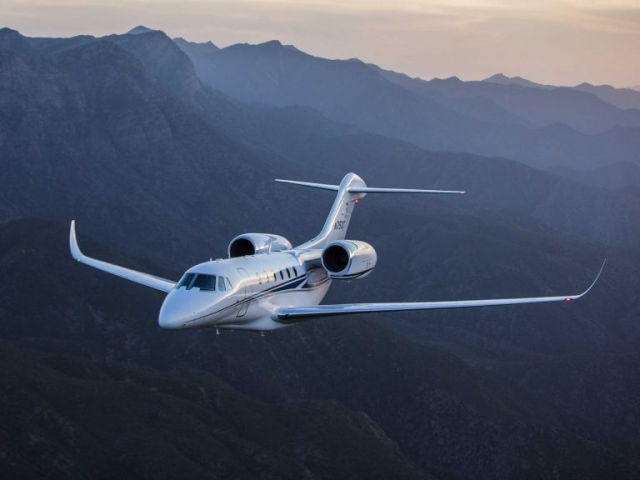
Cessna Citation X and Cessna Citation X + (1126 km/h - 1153 km/h)
Turbo-ventilated twin-engine long-range business airliners, operated by both private individuals and companies, are distinguished by powerful engines, which makes them the fastest civil and business aircraft in the world. The development team of aircraft such as Citation X continues to monitor all design and technological innovations in the field of aircraft construction, cutting off all attempts of competitors to outperform these maneuverable aircraft.
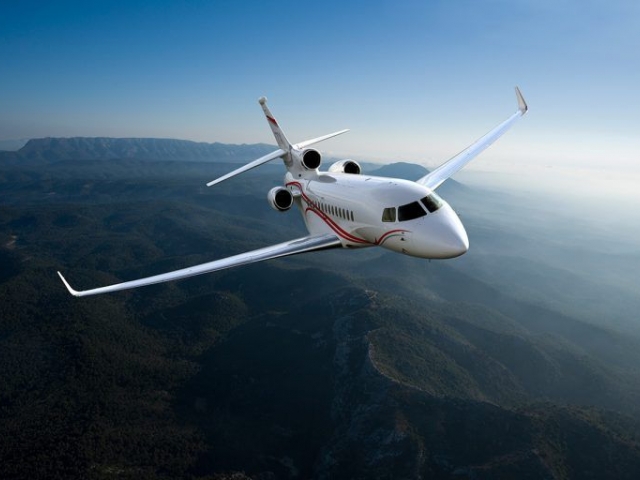
Dassault Falcon 7X - 1110 km/h
The Falcon 7X is the first aircraft designed and built by the French company Dassault Aviation under the concept of Product Lifecycle Management, which involves the development of an airplane model in a virtual environment. The main difference of this business-class aircraft from its predecessor Falcon 900 is its larger wing, due to which the speed became 30% higher. The aircraft is operated by a number of commercial carriers, as well as government agencies of France, Ecuador, Monaco, Namibia and Nigeria. There are two such aircraft in the park of the Russian special flight detachment carrying out the transportation of the highest state officials.
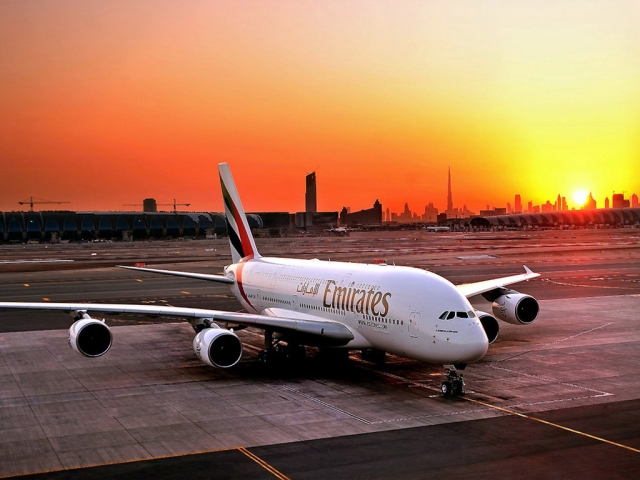
Airbus A380 - 1087 km/h
French Airbus, one of the largest aircraft manufacturers in the world, in the mid-2000s created a long-range airliner that deprived the US corporation of Boeing of the dominant position in this market segment. It was largely due to the introduction of the newest technologies that allowed to reduce the share of noise from four powerful engines by 50%, which was a profitable advantage over the Boeing 747. In addition, thanks to the two-deck configuration, Airbus can accommodate more than 850 passengers.
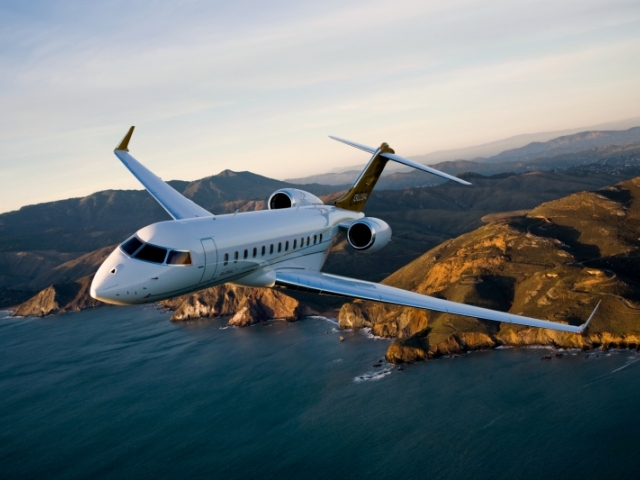
Bombardier Global 6000 - 1097 km/h.
The Canadian company Bombardier Aerospace - the world's third largest manufacturer of aircraft after Boeing and Airbus - offers a higher cruising speed and range model Bombardier Global 6000, featuring improved layout and interior lighting. Due to advanced characteristics, the airliner can take off and land on small airfields with short runways, so it is widely used in private transportation.
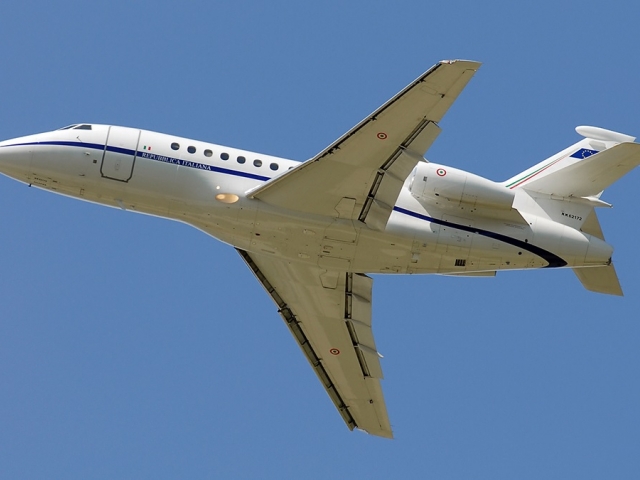
Dassault Falcon 900 EX - 1065 km/h
Dassault Aviation produces another administrative aircraft, which has the possibility of transcontinental flights. Thanks to the three rear-mounted jet engines, the Falcon 900 EX can take off at high temperatures, as well as from high-altitude aerodromes. The wide body, divided into 3 zones, and the luxurious interior of the Falcon 900 EX make it the most comfortable aircraft in its category, optimal for long-distance routes.
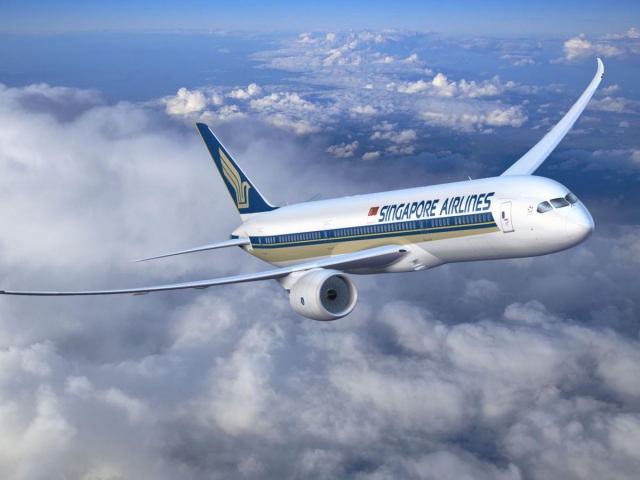
Boeing 787 - 1,049 km/h
The Boeing 787 has become the first aircraft, the fuselage of which is a monolithic composite part, and not the alloy of aluminum sheets connected by tens of thousands of rivets, as envisaged in the design of other passenger aircraft. Currently, the 787 model is in great demand, so Boeing is increasing its production plans and continues to look for suitable sites for the construction of airliners.

Astrotourism is becoming more popular every year. People are willing to travel thousands of kilometers to admire the stars. But which places on Earth are considered the best for this? Let's find out now!